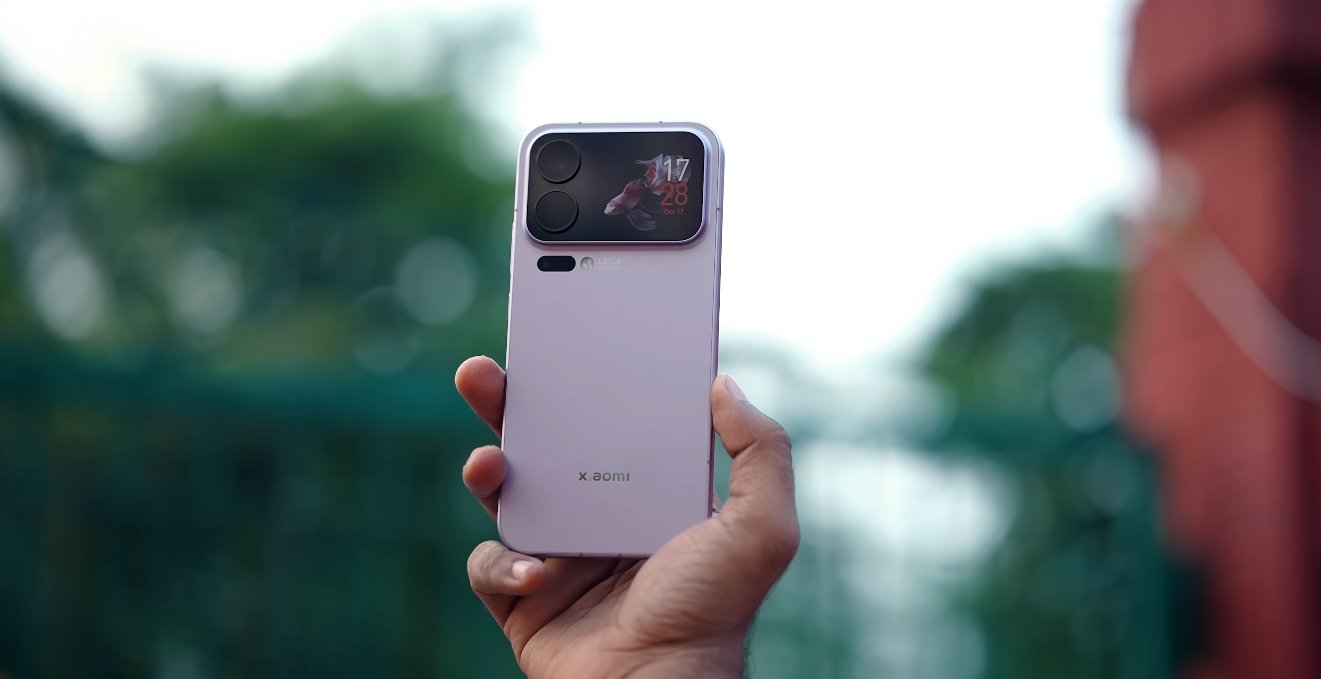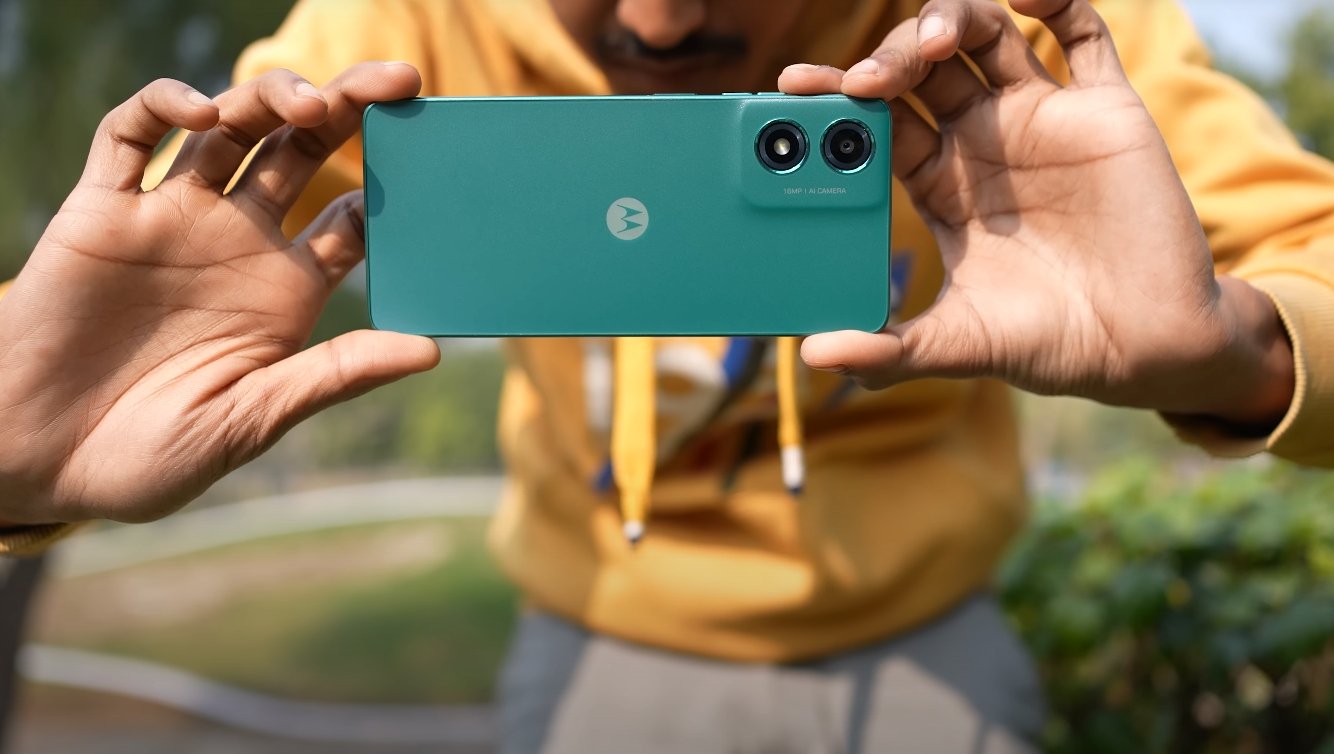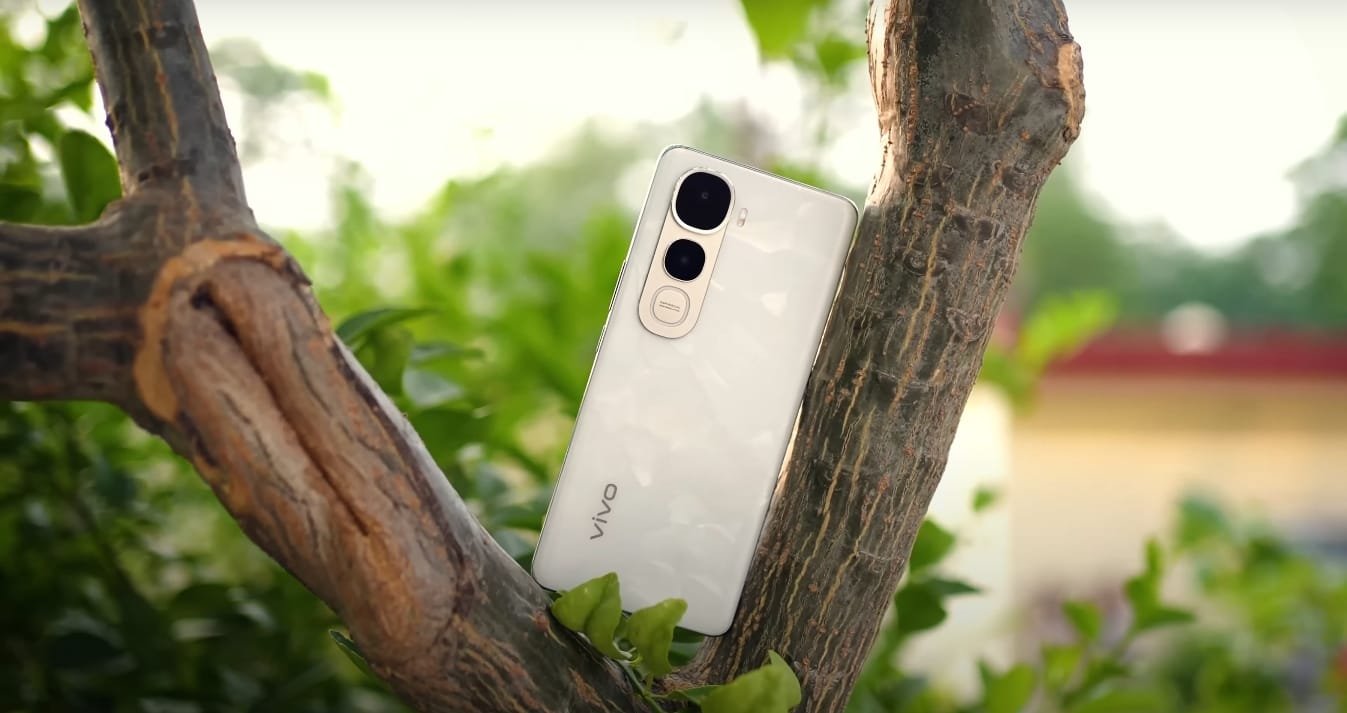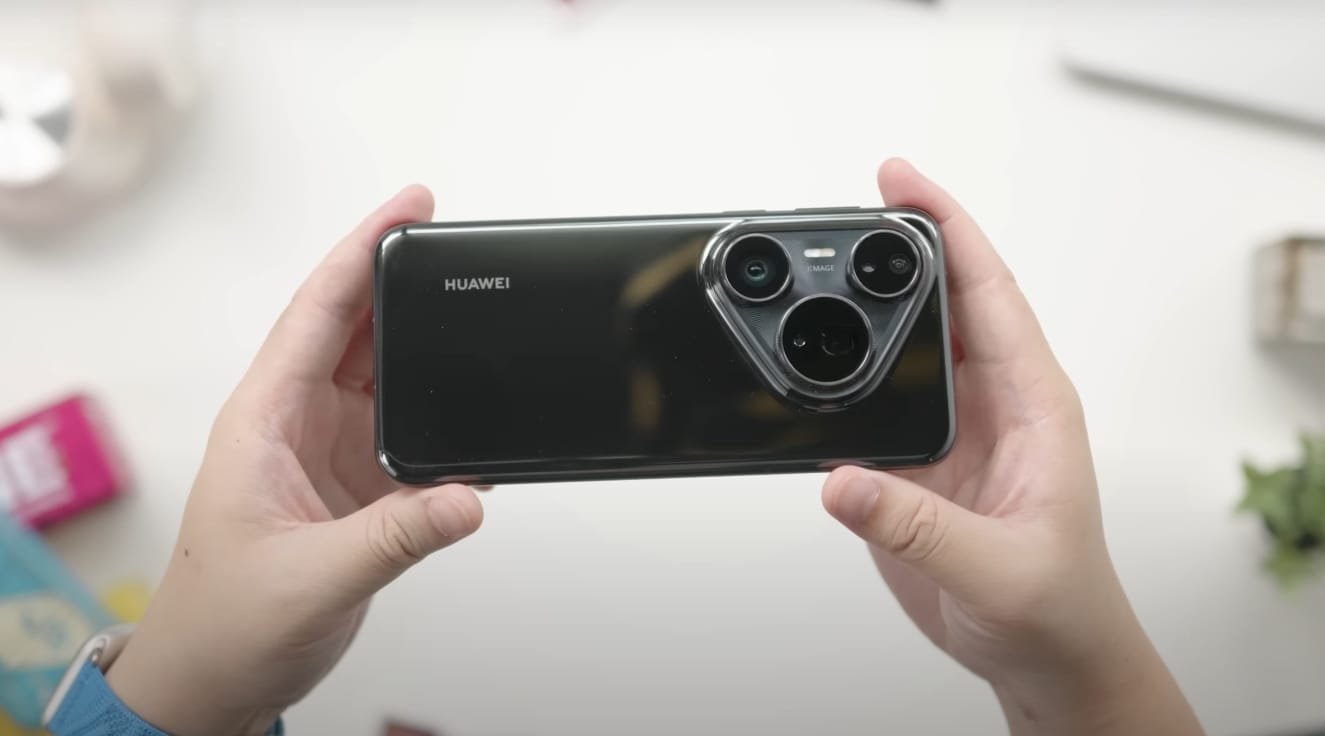Flagship Feature Battle Between Xiaomi and OnePlus
The smartphone market continues to evolve with brands pushing the limits of performance, design, and innovation. Xiaomi and OnePlus, two of the most popular flagship contenders, have once again brought their A-game with the Xiaomi 17 Pro Max and OnePlus 13 Pro Max. Both models promise top-tier hardware, advanced camera systems, and next-generation features that appeal to power users. This comparison focuses on their key strengths and differences across display, performance, battery, camera, and overall user experience.
Starting with design and display, the Xiaomi 17 Pro Max brings a bold and futuristic approach. It features a 6.9-inch LTPO OLED panel with a 1–120Hz adaptive refresh rate and up to 3,500 nits of peak brightness. Xiaomi adds an extra layer of uniqueness with a small secondary display embedded near the rear camera module, which can be used for notifications, time display, or as a viewfinder for selfies. This gives it a distinct visual identity compared to typical flagships. The OnePlus 13 Pro Max, on the other hand, adopts a sleeker and more refined design language. Its 6.82-inch LTPO AMOLED display delivers QHD+ resolution with outstanding brightness and color calibration. Both devices offer smooth scrolling, crisp detail, and vibrant visuals, but Xiaomi’s dual-display concept gives it a slight creative edge for users seeking something different.
Under the hood, both devices represent the cutting edge of smartphone performance. The Xiaomi 17 Pro Max runs on Qualcomm’s latest Snapdragon 8 Elite Gen 5 processor built on a 3nm process, providing blazing-fast performance, better thermal efficiency, and optimized AI capabilities. It is paired with up to 16GB of RAM and a storage capacity that goes as high as 1TB, offering both speed and room for heavy users. The OnePlus 13 Pro Max features the Snapdragon 8 Elite chip as well, though tuned slightly differently, combined with up to 24GB of RAM in select variants and up to 1TB of internal storage. When tested across gaming, multitasking, and app switching, both phones deliver flagship-level smoothness. However, Xiaomi’s slightly newer chip version gives it a marginal lead in processing efficiency and sustained performance.
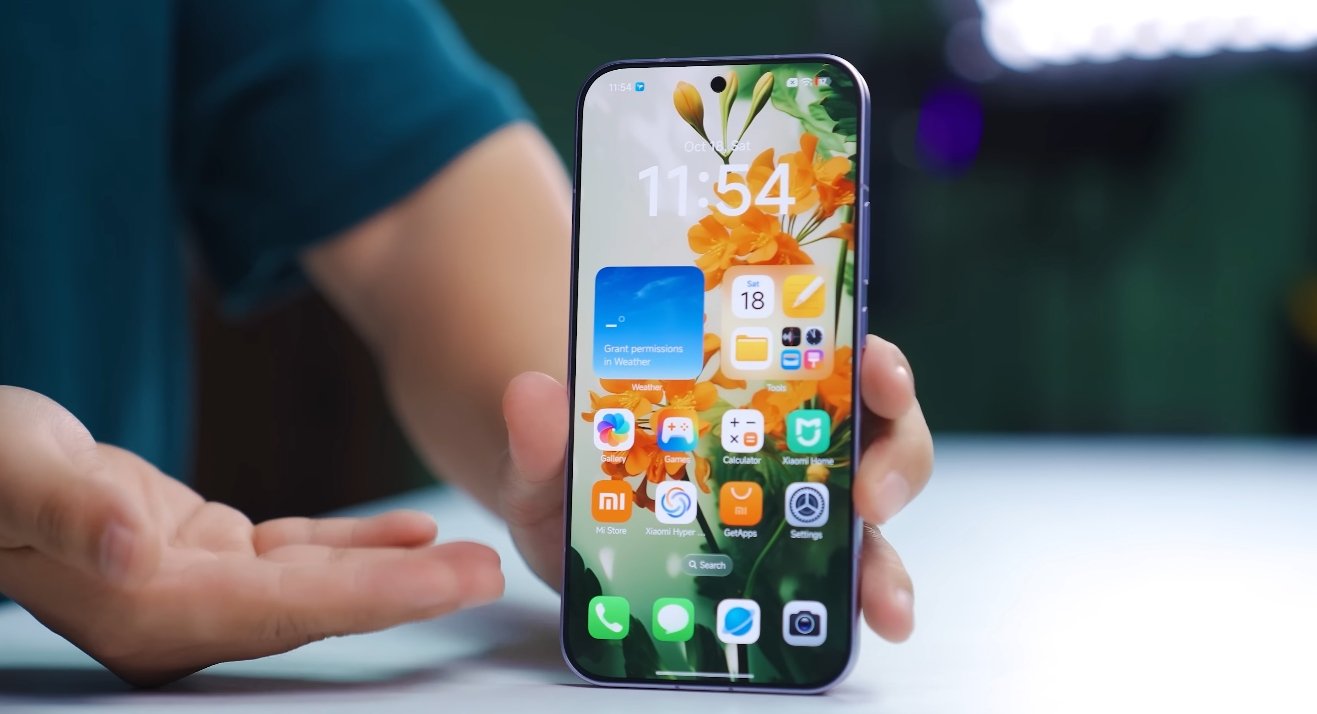
Battery life and charging capabilities also play a major role in defining the user experience. The Xiaomi 17 Pro Max packs an enormous 7,500mAh battery, making it one of the largest in the flagship segment. It supports 100W wired fast charging and 50W wireless charging, ensuring minimal downtime even with such a large capacity. The OnePlus 13 Pro Max houses a 6,000mAh battery with the same 100W wired and 50W wireless charging speeds. In real-world usage, both charge rapidly, but Xiaomi’s extra 1,500mAh capacity gives it the upper hand for longer endurance. For travelers, outdoor users, or those constantly on the go, the Xiaomi 17 Pro Max stands out as the more dependable power performer.
When it comes to cameras, both devices go head-to-head in an impressive flagship showdown. The Xiaomi 17 Pro Max is equipped with a triple 50MP camera system consisting of a primary sensor, an ultra-wide lens, and a 5x periscope telephoto lens for high-quality zoom shots. Its 50MP front camera ensures detailed selfies and clear video calls. The OnePlus 13 Pro Max also features a triple 50MP setup, co-engineered with Hasselblad, including a main sensor, ultra-wide lens, and 3x telephoto zoom. The results from OnePlus often show more natural color tones and balanced dynamic range, while Xiaomi’s setup produces slightly sharper images with richer contrast, especially in zoom photography. In this round, Xiaomi gains an edge for telephoto reach, while OnePlus impresses with color science and professional-grade image tuning.
On the software side, the Xiaomi 17 Pro Max runs on HyperOS 3 based on Android 16, offering new personalization options, better device interconnectivity, and smoother animations. The OnePlus 13 Pro Max runs on OxygenOS 15, known for its clean interface, fast responsiveness, and minimal bloatware. Both systems prioritize performance and smoothness, but OxygenOS continues to appeal to users who prefer a near-stock Android experience. Xiaomi’s software adds more customization layers, making it ideal for users who like to tweak visuals and layouts.
Connectivity and build quality further strengthen both devices’ premium appeal. Each model supports full 5G connectivity, Wi-Fi 7, Bluetooth 5.4, and advanced GPS systems. The Xiaomi 17 Pro Max emphasizes innovation with its secondary rear display, while OnePlus keeps the design minimalistic and focused on ergonomics. In terms of build, both phones use aluminum frames and Gorilla Glass protection, ensuring durability while maintaining a premium look and feel.
In conclusion, the Xiaomi 17 Pro Max and OnePlus 13 Pro Max stand as two of the most feature-packed smartphones in their class. The Xiaomi 17 Pro Max excels in battery capacity, dual-display innovation, and camera versatility, appealing to users who value endurance and creative functionality. The OnePlus 13 Pro Max focuses on refined design, polished software, and balanced performance, ideal for those who want a straightforward flagship experience without gimmicks. Ultimately, the choice depends on whether you prefer innovation and extended power from Xiaomi or refined simplicity and consistent performance from OnePlus. Both devices push flagship standards higher, offering cutting-edge technology for 2025’s most demanding smartphone users.
Also Read: Xiaomi 17 Pro Max vs Galaxy S24 Plus early comparison
